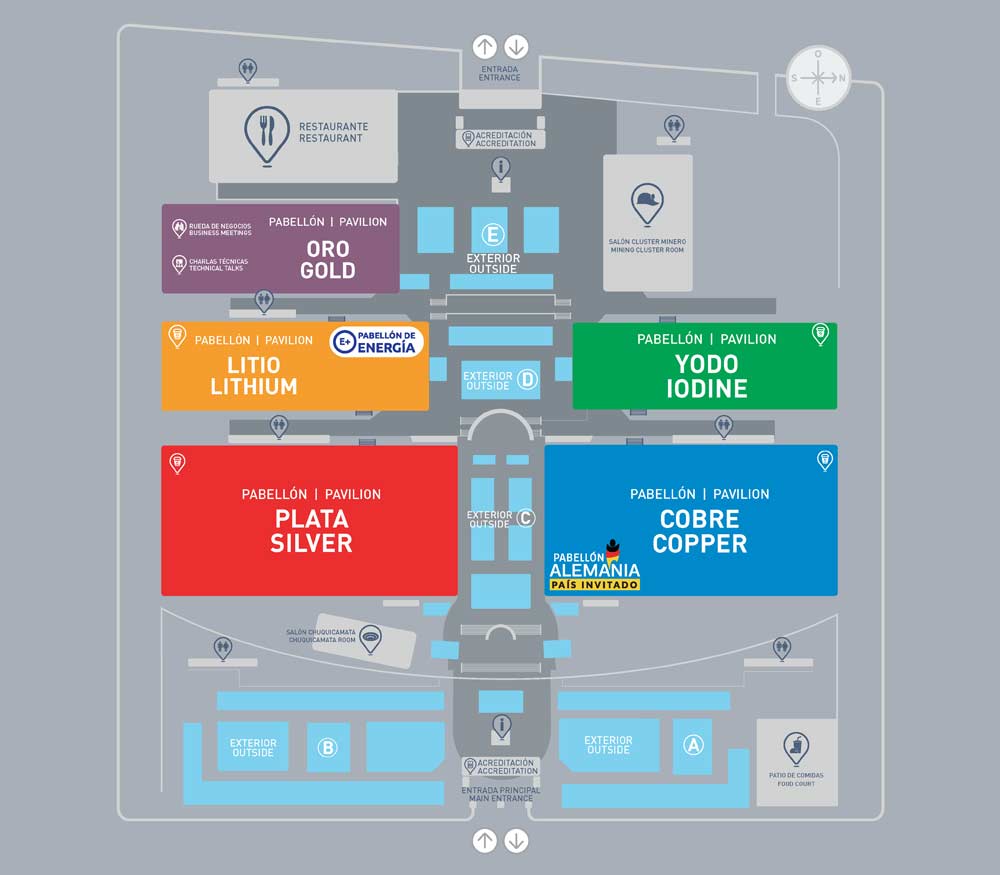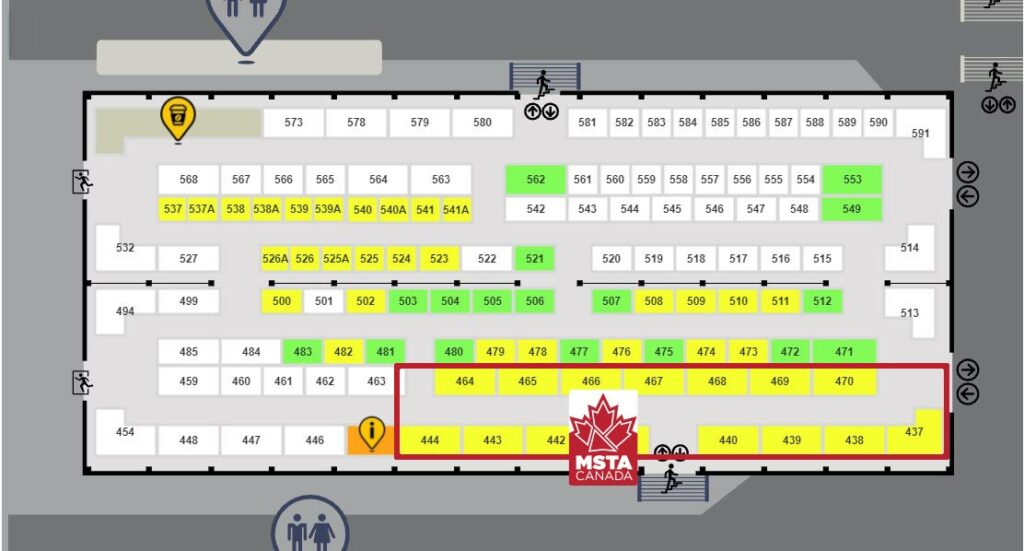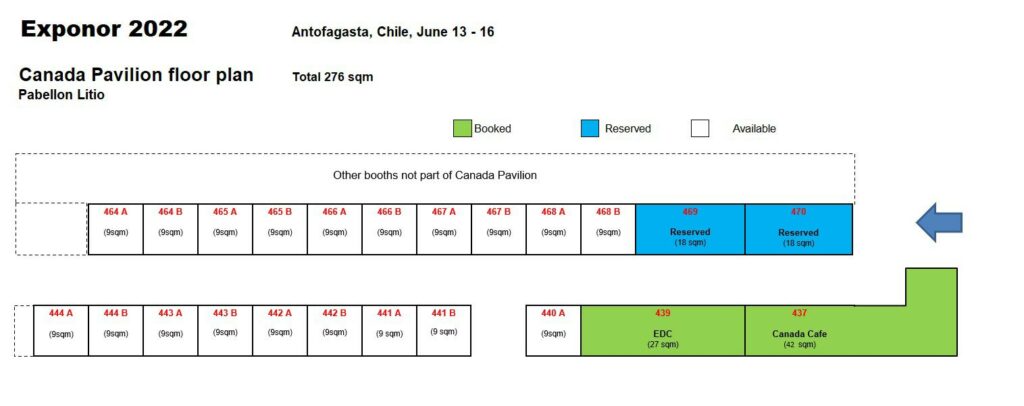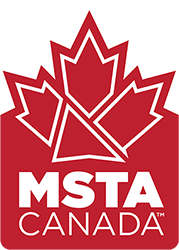Ensure Safe, Healthy Workplaces
Routine Precautions
To help reduce the spread of communicable diseases and viruses, including COVID-19, workplaces should have an infection prevention and control plan, which may include:
encouraging employees to NOT come to work if they are feeling unwell (e.g., coughing, sneezing, fever or runny nose)
reviewing sick-leave policies to encourage employees to stay home when ill, to reduce transmission to other coworkers and clients
reviewing requirements for medical (sick) notes, to reduce burden on the health care system and additional exposure to ill individuals
ensuring emergency contact information is current for all employees, in case communication be required in a timely manner
providing clean handwashing facilities and alcohol-based hand cleansers in multiple locations throughout the building (e.g., entrances, boardrooms and break rooms).
posting signage in the workplace, encouraging proper cough etiquette and hand hygiene (provincial posters are available in multiple languages at: https://sharedhealthmb.ca/health- providers/coronavirus-resources/
regularly cleaning workstations and objects with disinfectants that are touched frequently, such as doorknobs, handles, elevator buttons and railings. This includes regularly disinfecting electronic devices (e.g., phones, tablets, laptops) with an alcohol (70 per cent) wipe. Workplaces are encouraged to increase the frequency of cleaning workstations and worksites to at least two times per day.
providing boxes of tissues and encouraging their use
reminding staff to avoid sharing cups, glasses, dishes or cutlery, and ensuring cups, glasses, dishes, and cutlery are thoroughly cleaned using soap and warm water after each use, or placed in the dishwasher for cleaning
following safe food handling procedures
removing magazines, papers and other objects that cannot be cleaned from common rooms, such as cafeterias, kitchens, break rooms and waiting areas
ensuring ventilation systems are working properly, including opening windows as weather permits
using social distancing techniques to conduct as much business as possible, including telephone and video conferencing, as well as allowing employees to work from home or work flexible hours to avoid peak public transportation times or crowding in the workplace
encouraging employees who are required to report for work in-person (e.g., health care workers, service industry employees), to take public transit during non-peak times as much as possible to get to work. Alternatively, support employees as much as possible to use a personal vehicle to get to work
identifying an area that an employee can self-isolate and develop a plan, should they become ill while at work
avoid sharing office equipment or supplies, including electronic devices (e.g., phones, tablets, laptops)
encouraging cashless transactions in service industry workplaces
To prevent stigma and discrimination in the workplace, do not make determinations of risk for COVID-19 based on race or country of origin. And be sure to maintain confidentiality, should an employee be confirmed to have COVID-19 or other communicable illness.
Some individuals may have been exposed to COVID-19 through direct contact with an ill person or in their recent travels, and are therefore self-isolating and monitoring themselves for symptoms for up to 14 days (see the Self-Isolation Factsheet for more information). Contact your local public health office if your employer requires an exclusion letter from work. Any questions about pay and benefits should be discussed with your employer.
An employee at my workplace tested positive. What information should I provide to other employees and customers?
Businesses are advised not to provide any personal health information about an employee to staff or customers. Public Health conducts a public health investigation to determine if someone who is confirmed to have COVID-19 was at work during the time they were infectious.
Public health officials work closely with people who have tested positive for COVID-19. This includes addressing their health concerns and determining who they may have had close (2 metres/6 feet), prolonged contact with when they were infectious.
Public health officials will then directly contact every person deemed to be a close contact, defined as having had significant exposure to the positive
COVID-19 individual when they were infectious. Public health makes contact as quickly as possible with all identified contacts.
If any additional measures need to be taken at your workplace, public health officials will call you directly to provide advice.
What can my business do to ensure the safety of employees and customers?
Businesses may continue to operate in accordance with the public health orders in place. Encourage staff to continue social distancing practices, enhance cleaning schedules of high- traffic areas and maintain thorough and regular hand hygiene and cough etiquette.
The COVID-19 pandemic brings a high level of stress and anxiety as it rapidly changes the way we work, socialize and live. Caring for your mental health, as well as supporting your staff, is important in these times. For more resources, visit the Care for Your Mental Health page.




